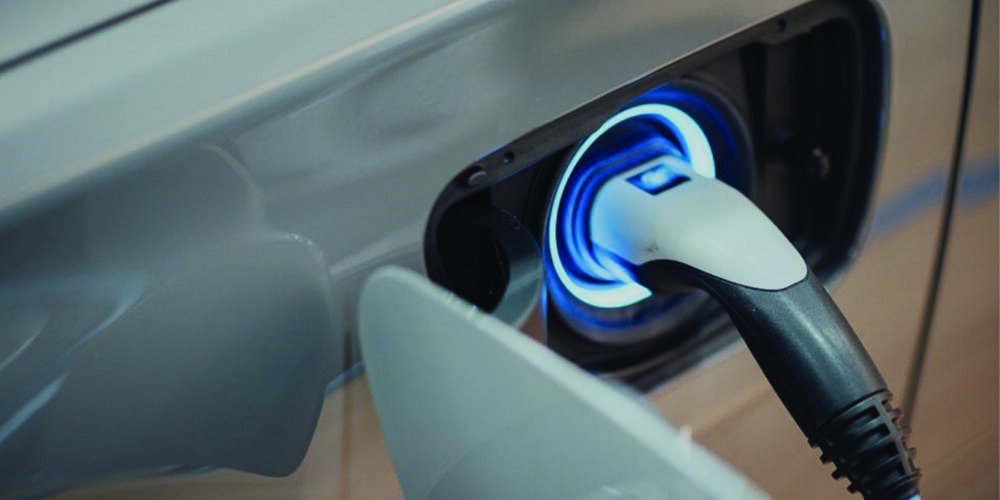Getting repeat customers (and not because of comebacks) is a challenge for any shop. However, it helps when you know your customers. Many of you have had the same customers bringing their vehicles to your shop because of your friendly business, accurate diagnosis and repairs, timely service and fair price.
But do you really know your customers and the driving public in general?
In her report from the Global Automotive Aftermarket Symposium (GAAS) in early May in Chicago, Amy Antenora, editor of aftermarketNews.com, highlighted a presentation from John Nielsen, national director of AAA, on the typical AAA member and their vehicular habits.
According to the article, there are 50 million members of AAA today, roughly equal to one out of four households in the U.S. On average, these members drive nearly 13,000 miles a year. Fifty-five percent of AAA members are female and the average age of an AAA member is 50.2 years old. They are college-educated homeowners who have household income of more than $60,000 a year, on average.
Nelson said a significant number of AAA members consider themselves DIYers; 43% of AAA members say they do some work on their own cars and 11% did at least some DIY work (repair/maintenance) in the past year.
When not doing DIY work, 56% of AAA members say they use a dealership for repair work; 42% visit an independent repair shop and 29% will use services at quick lube facilities.
Interestingly, Nielsen said AAA members have serious concerns when they don’t do automotive maintenance and repair themselves; and that they have a lack of trust in repair facilities. Antenora reported that fairness of charges and quality of work are the top two factors drivers use when selecting a repair facility. According to the article, Nielsen explained other leading factors were the ability to diagnose problems properly, getting a clear explanation of charges, the ability to fix problems on the first visit and having their vehicles ready when promised. In fact, just being pleasant and helpful can go a long way in creating a positive service experience for a motorist.
“Motorists are generally distrustful,” said Nielsen. “What keeps them satisfied is courtesy and helpfulness of service personnel. The lack of that can move a member from satisfied to neutral.”
Antenora said Nielsen outlined the four keys that he considers “survival basics” for repair shops today. Those include: good communication, quality of goods and services, follow-through and staffing for success.
How can your repair shop increase the slice of the service and repair pie? According to Nielson, you should communicate better, make it easy to do business with you, build your brand and show them you care.
“It takes two visits to a repair shop to get comfortable,” said Nielsen. “[During] the first visit they are pretty much on their guard,” said Nielsen. Maintaining what you have, not losing that [those repeat customers] is the key, he said.
Special thanks to Amy Antenora, editor of aftermarketNews.com on her report.













